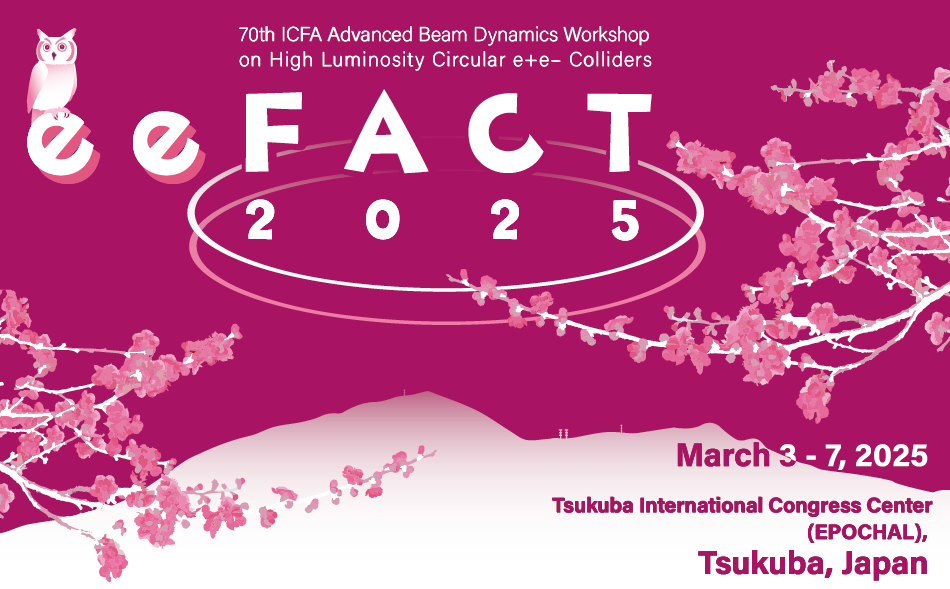Polarized lepton beams are essential for the physics program of the Circular Electron Positron Collider, their applications include precision beam energy calibration based on resonant depolarization technique and longitudinally polarized colliding beams. To this end, we proposed a scheme including generating polarized beams from the source, transmitting throughout the injector chain, and...
Precise determination of the center-of-mass energy at the Future Circular Collider (FCC-ee) operating at the Z and W resonance energies relies on resonant spin depolarization techniques, which require a sufficient level of transverse beam polarization in the presence of machine imperfections. In this study, the FCC-ee lattice is modeled and simulated under a range of realistic imperfections,...
In order to perform the precise energy calibration for the Z and WW modes of the FCC-ee machine, the use of Resonant Depolarization (RDP) method on a set of non-colliding polarized bunches is foreseen. To track the polarization state of these bunches while scanning the depolarization excitation frequency a Compton Polarimeter will be deployed on both colliding beams.
The most recent...
Chiral Belle is a project proposed to expand the capabilities of SuperKEKB and the physics goals of Belle II by injecting polarized electrons into the High Energy Ring (HER) to make left-right asymmetry measurements. As part of the R&D and feasibility studies of this project, we are developing a proposal to inject and transport transversely polarized electrons into the HER and measure the...
The Electron-Ion Collider (EIC) at Brookhaven National Laboratory will collide polarized protons between 41 and 275 GeV against polarized electrons ranging from 5 to 18 GeV, achieving luminosities up to 10^34 cm^{-2} s^{-1}. We review the factors impacting the expected polarization transmission and lifetime for the EIC's Electron injector systems, Storage Ring (ESR), the Hadron injector...
The free spin precession (FSP) method is considered as an alternative to the well-known approach based on the use of the resonant depolarization scanning procedure (RDP). The main advantage of FSP over RDP is that the spin tune will be determined directly from the Fourier spectrum of the signal from the Compton polarimeter measuring the oscillations of the longitudinal spin component. This...
The ultimate goal of the Future Circular electron-positron Collider is performing particle physics experiments at an unprecedented precision from the Z-pole up to above the top-pair-threshold. This demands, among others, an excellent knowledge of the center-of-mass energy and, hence, the beam energies. By depolarizing polarized pilot bunches with a RF-kicker and recording the change of...

